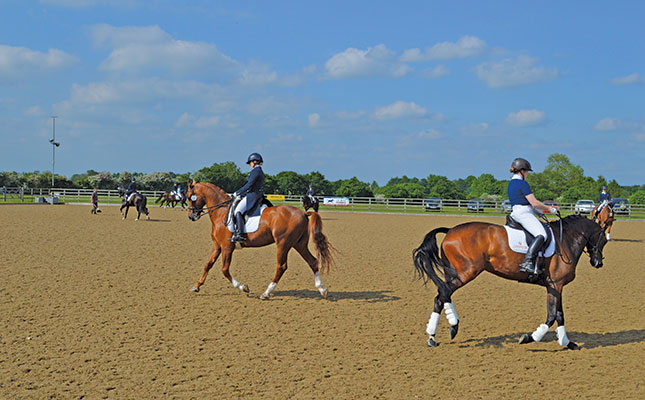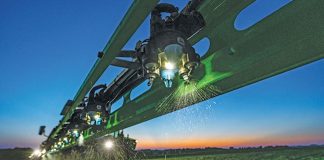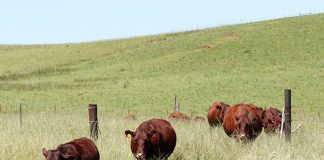
Photo: Jonathan Hutchins
The South African National Equestrian Schools (SANESA) competitions have grown considerably over the past few years, and today it is not unusual to see more than 200 horses at a provincial and national championship.
Some disciplines, such as showjumping, require that horses be warmed up at a canter over jumps, and horrible accidents can happen if two horses try to jump the same obstacle from different directions at the same time.
A set of regulations has been drawn up, similar to those for road traffic, to promote the harmonious sharing of warm-up arenas. However, not all young riders know these rules, which can sometimes lead to the sort of road rage shown by drivers, or nasty accidents.
While people may be able to get away with yelling and cursing on the motorway, this is unacceptable in equestrian sports, where respect and politeness are highly valued. In fact, being rude or abrasive can lead to disqualification.
Rules
For this reason, the rules of the warm-up arena are posted outside the arenas at SANESA championships. They include the following:
- Never mount or dismount on the track; move to the centre or out of the arena;
- When you enter, begin riding in the same direction as the majority of horses already in the arena;
- As you enter, be careful not to cut off another rider on the track;
- Horses in lower gaits (walk or trot) must move to the inside track to allow cantering or galloping horses to take the outside track;
- If you meet a horse coming towards you, pass left shoulder to left shoulder;
- Keep one horse’s length between you and the horse in front of you;
- If you are going faster than the horse in front of you, make a large circle and come back to your place, or cut across the arena to the other side;
- When turning, check over your shoulder to make sure you are not cutting off another horse behind you;
- Handle your whip or crop carefully so that you don’t accidentally tap another horse with it;
- If your horse becomes difficult or unmanageable, move to the centre of the arena and circle until you can dismount and lead it out of the arena;
- If someone falls off, or a horse gets loose, all riders should stop immediately;
- Never stop on the track to speak to someone, as you may block another rider; move to the centre or leave the arena;
- Certain arenas are designated for specific disciplines. For example, a dressage horse may not be warmed up in the showjumping arena;
- Spectators and instructors must stand outside the arena. The only exception is jumping instructors, who are allowed into the warm-up arena to move poles;
- No rider may sit on a horse in the warm-up arena without wearing protective headgear and riding boots;
- A stallion must have yellow or blue ribbons braided into its tail. This warns other riders, particularly those with in-season mares, to keep their distance. Horses prone to kicking must wear red ribbons, which warns other riders not to stray too close to the animal’s rear.
Staying safe
Riding etiquette is crucial, not just for convenience but for safety, as horses can be unpredictable and dangerous. If horse riders are considerate to each other, the show can be enjoyed by everyone, and injuries kept to a minimum.
Dr Mac is an academic, a practising equine veterinarian and a stud owner.











